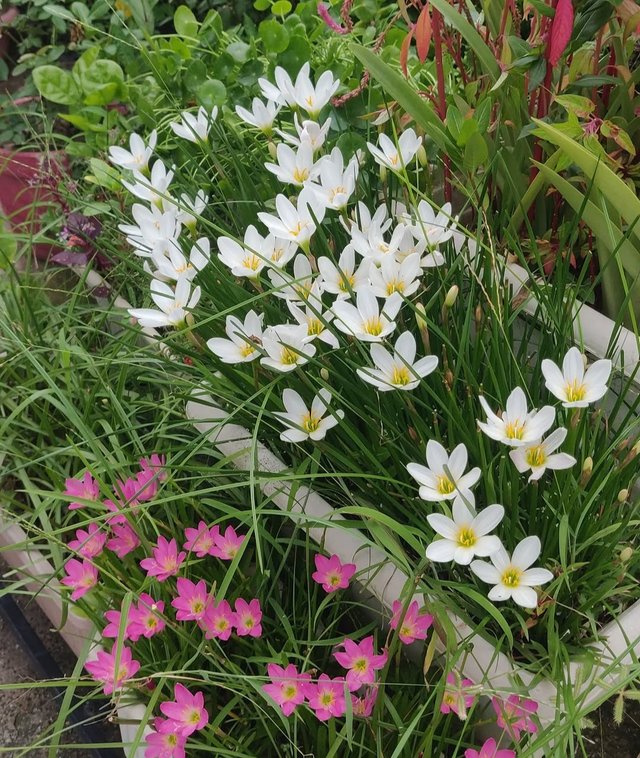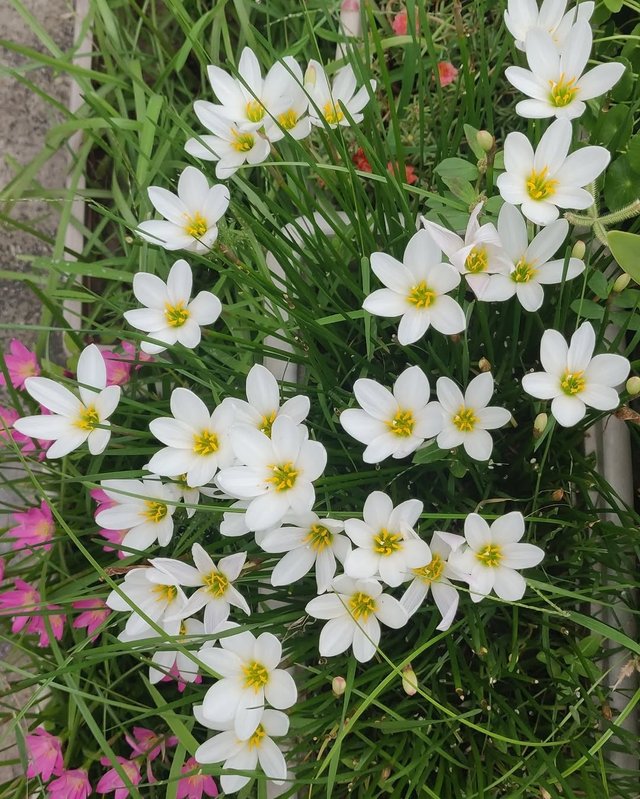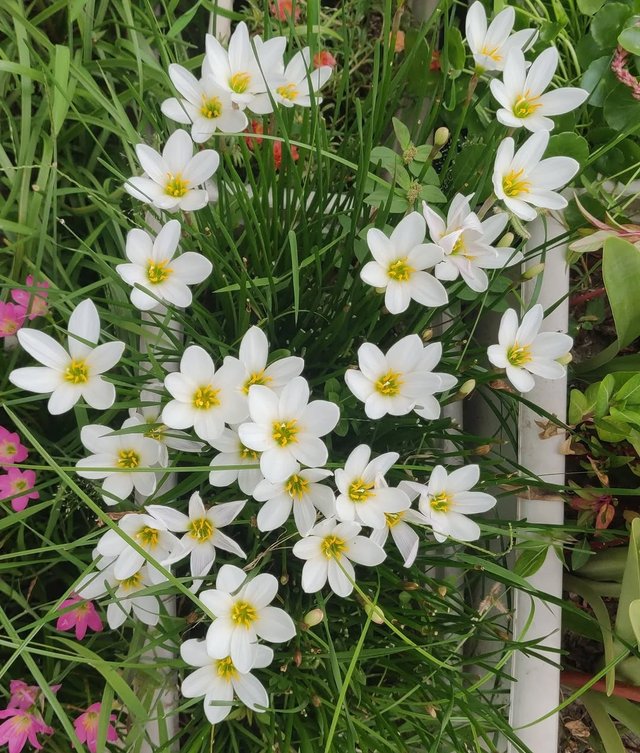Wonderful Autumn Zephyrlily Flower
The Autumn zephyrlily, also known as the rain lily, fairy lily, or white zephyr flower, is a delicate and charming perennial that often surprises gardeners with its sudden bursts of bloom after seasonal rains. Belonging to the Amaryllidaceae family, this plant is native to South America but has become popular in many parts of the world due to its resilience, adaptability, and elegant beauty. Its common name “zephyrlily” comes from Zephyrus, the Greek god of the west wind, symbolizing the plant’s association with refreshing winds and rains that herald its flowering season.
Appearance and Characteristics
The Autumn zephyrlily produces narrow, grass-like, deep green leaves that grow in dense clumps, often forming a soft, carpet-like effect in gardens. Rising above this foliage are its slender stalks, each crowned with a single pristine white bloom shaped like a star or a small trumpet. The flowers typically measure around 3–5 cm across, featuring six pure white petals with a golden-yellow center that glows warmly in sunlight. Their simplicity gives them a quiet elegance that makes them stand out among more flamboyant garden flowers.
As its name suggests, the Autumn zephyrlily often blooms during late summer to early autumn, especially after periods of rainfall. In fact, one of the most fascinating traits of rain lilies is their responsiveness to weather—dormant bulbs can remain unseen for weeks, only to suddenly send up fresh blooms after heavy showers, covering the ground with a sea of white blossoms almost overnight. This habit has earned them a reputation as flowers of surprise, renewal, and hidden resilience.
Growth and Cultivation
Zephyrlilies are remarkably low-maintenance, making them suitable for both novice and seasoned gardeners. They thrive in well-draining soil and prefer locations with full sun to partial shade. While they can tolerate short dry spells, their growth and flowering are most vigorous in regions with periodic rains or regular watering. Gardeners often plant them in clusters or borders, where their synchronized blooming creates a striking visual effect. They are also ideal for naturalizing in lawns, meadows, or beside walkways, where their sudden flush of blooms feels like nature’s gentle decoration.
The plant propagates easily from bulbs or seeds, and once established, it tends to multiply on its own, slowly expanding into dense clumps. Unlike many flowering plants, zephyrlilies are not heavily affected by pests or diseases, which further adds to their appeal as a resilient ornamental choice.
Thanks For Reading
Device Information
| Device | Redmi Note 10 Pro |
|---|---|
| Lens | 64 mp |
| Location | Bangladesh |





@jarintasmin, what a delightful post! Your description of the Autumn zephyrlily, coupled with those stunning photographs, truly captures its delicate beauty and resilience. I especially enjoyed learning about its connection to Zephyrus and how it bursts into bloom after the rain – a flower of surprise indeed! The details on growth and cultivation make me want to add these beauties to my own garden. Thank you for sharing such an informative and visually appealing piece. Keep up the fantastic work! I look forward to seeing more of your posts!